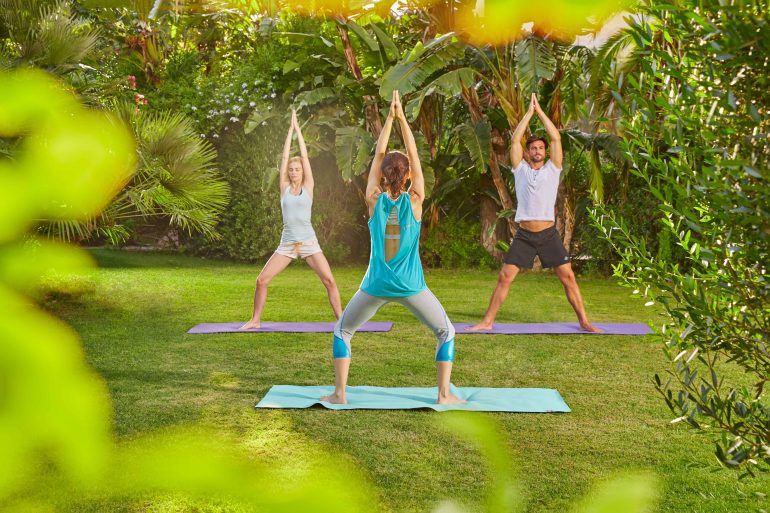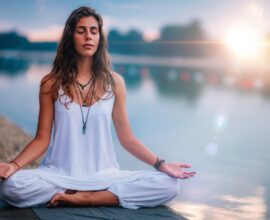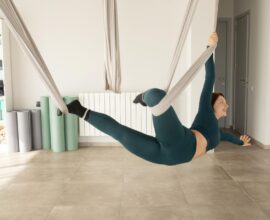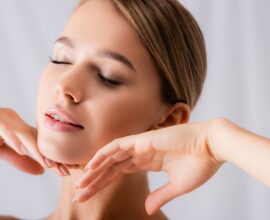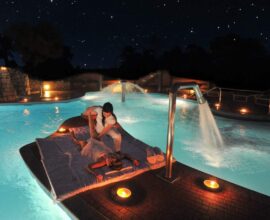Muscular rebalance: what is it and how is it practiced
Muscular rebalance: how stress effects muscular health
The wellbeing of our body is affected by muscular rebalance which allows us to regain articulation mobility, strength and flexibility in the muscles which are often effected by over stressed situations or a poor amount of physical activity.
Do not undervalue the importance of muscular rebalance, this treatment can be translated as: taking care of yourself and learning to listen to your body. It improves flexibility, strength and tone, it also helps relieve tension and rigidity caused by a frenetic lifestyle, a sedentary job, incorrect posture or the lack of or excessive physical activity.
Muscular tension is our body responding to various sources of stress. Muscular rigidity can be the cause of pain limiting or completely preventing normal activities during our every day life. It can also prevent us from having a good nights rest.
Stress not only affects our psychological health, it also affects our body by increasing adrenaline, blood pressure and heart-beat, causing tension and muscular spasms. Some over-exerting situations influence the cortisol performance. Also known as the “stress hormone”, discovered by the Austrian-Canadian medic Hand Selye, who identified it as the General Sindrome of Adaptation.
Alongside the motivations mentioned above, muscular tension can be caused by anxiety, whip lash, chronic cervical pain, skeletal muscular illnesses like fibromyalgia, postpartum pain, lack of vitamins and minerals including magnesium and potassium.
When does one decide upon having a muscular rebalance treatment to relieve rigidity and tension? Here are the signals involving various parts of the body:
- Rigid neck
- Painful back
- Headache and heaviness
- Vertigo and lack of balance
- Tired eyes
- Soreness
- General rigidity
Muscular rebalance: how to prevent muscular rigidity
A muscular rebalance treatment joined with disciplines that help tone muscles, like Hatha Yoga, helps gain psychophysical health and maintain a “mens sana in un corpore sano”.
Let’s now discover together how to counter muscular tension in legs, back and the cervical and lumbar zone.
- Postural gymnastics: the term posture makes reference to three positions which humans take on in space: erect position (monopodsxic or bipodalic), sitting down and laying down in decubitus (prone, supine, lateral). An incorrect posture influences our physical wellbeing causing various symptoms including digestive and respiratory problems, pains in the shoulders and neck, back pain, or atrophy and muscular rigidity. Postural gymnastics consists of a number of exercises focused on the muscular rigidity and a correct posture and helps relive pain and rigidity,.
- Ayurvedic massage: a massage with Ayurvedic oils has a decontracting effect, helps gain muscular flexibility, reestablishes balance between mind and body and has a beneficial effect on the lymphatic and blood circulation.
- Thermotherapy: also known as thermal therapy, is a treatment based in the use of heat in a therapeutic manor, it has been known since the times of ancient Egypt, Greece and Rome. This therapy is used in case of muscular pain and contractions, stiff neck and back ache. Those wanting to try thermal therapy can try the various self-heating and adhesive strips which help sooth pain, also laser light is a valid instrument used for many pathologies. The heat of laser therapy has a painkilling and anti inflammatory effect, it immediately soothes pain and muscular tension.
- Food: one of Ludwig Feuerbach’s, philosopher, most famous affirmations is: “men are what they eat”. Therefore health is also conditioned by the food we eat, in a correct and balanced diet there can’t be a lack of magnesium and potassium, two minerals necessary for a correct muscular, brain and heart function, they are also good for the bones. Potassium can be found in bananas, potatoes, cabbages and spinach, meanwhile magnesium is present in dried fruit, beans, vegetables with green leaves and whole grain cereals, all foods also advised for a detox diet.
- Less stress and more breaks: last but not least, lowering stress levels by taking more breaks helps not to overtire the body and helps rebalance the muscles. Organizing well our commitments, going for a walk, being in movement and taking care of our diet is good for our muscles and for the general mental and physical health.
Would you like to forget about your stress and have an unforgettable vacation in a true paradise? Discover Forte Village Resort in Sardinia.
